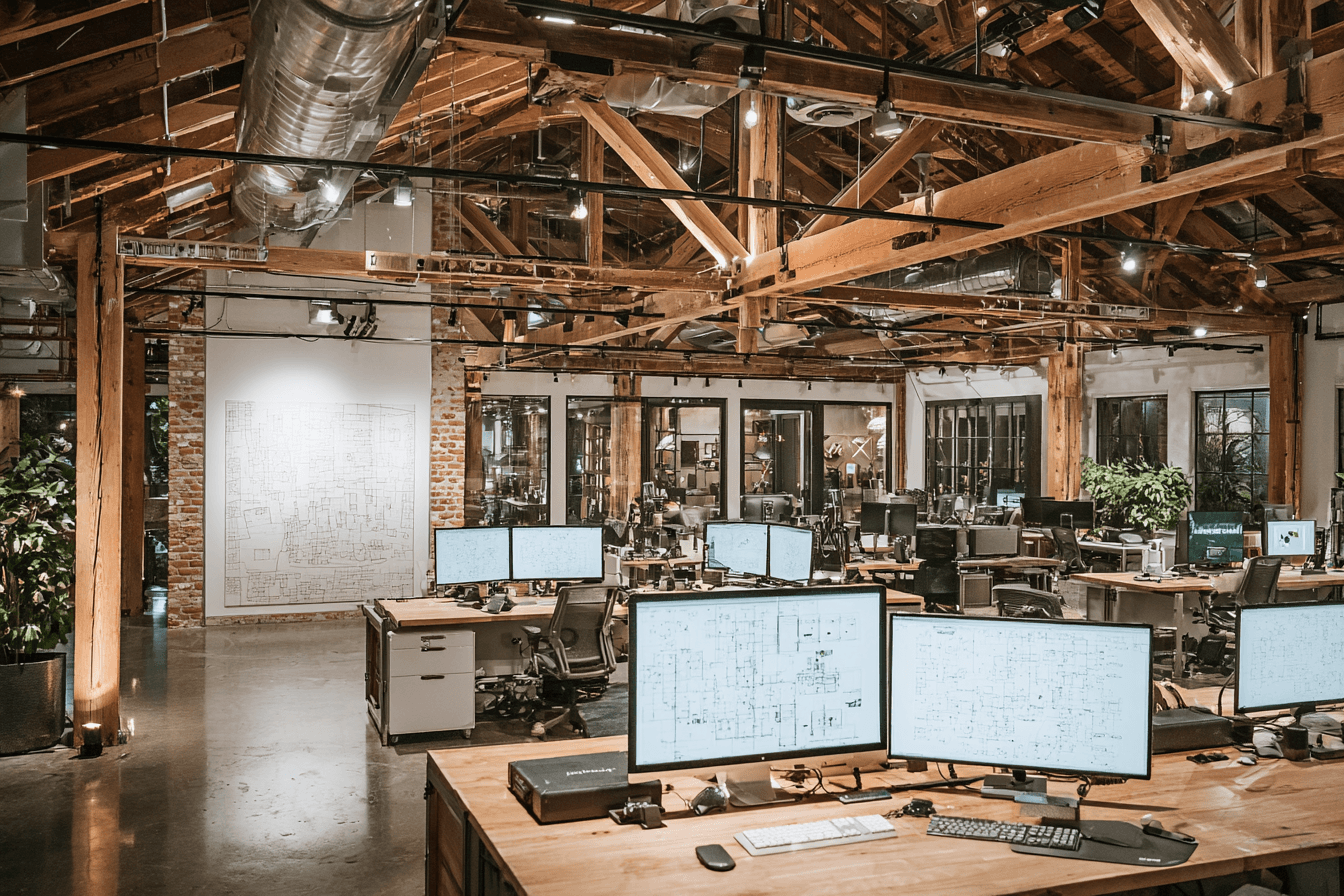How CRODE Began
October 2025 — CRODE Studio

Introduction: Why CRODE Had to Exist
We didn’t start CRODE because we were exhausted or burnt out. We started it because we wanted something that was ours — a studio that wasn’t defined by who could afford us, but by the quality of work we could bring into the world.
We saw a pattern: the best work often stays locked behind budgets, locations, or big-company approvals. We wanted to flip that. We wanted a place where even someone without big money, without “connections,” could still get something remarkable built — where real merit shows.
That was the seed of CRODE: create a studio where design, technology, and discipline are available to people who want to build, not just people who can pay.
Chapter 1: Building Outside the Usual Cities
Starting a digital studio from the Maldives meant we didn’t inherit other people’s rules. We weren’t copying a New York agency model or a Singapore product studio. We were building for our reality — small teams, ambitious founders, and regional businesses that needed real digital foundations.
Because of that, we listened harder. We designed for people who said, “I only have this much — but I need it to work.” We cared about those people. We still do.
Chapter 2: A Studio for People, Not Just for Clients
Very early, we made a choice: CRODE will not become an expensive club. We will earn well, we will do premium work, but we will keep the door open for builders who are trying. That’s how real talent surfaces — when money isn’t the only filter.
So our approach became: make it structured, make it reusable, make it light. If the system is efficient, the price can stay human.
Chapter 3: Our Design Language — Calm, Intentional, Accessible
We arrived at the CRODE look slowly: monochrome roots, high contrast, generous spacing, one clear action on screen. Why? Because this kind of design doesn’t age fast, and it works for companies that don’t have a full-time designer to “maintain” the UI.
- High contrast so content is readable on any screen.
- Spacing that breathes so even long content feels easy.
- Hierarchy by intention — every heading, subheading, and paragraph has a job.
Chapter 4: Code as a Way to Lower the Barrier
We didn’t write clean code just for ourselves. We wrote it so the next person — maybe a junior dev, maybe a student, maybe someone from a small island — could continue it without feeling lost. That’s how you make digital work affordable without making it cheap.
We built baselines in Flutter and Next.js, with shared theme tokens and footer rules. That way, we can build faster, and people don’t have to pay for the same thing again and again.
Chapter 5: Merit Over Money
This is important: we always wanted CRODE to be a place where skill shows. You don’t need to show up with funding to work with us. If your problem is real, if your idea is clear, if you’re willing to build with us — we can make it work.
That’s how we know CRODE is ours. Not because we own the name, but because we own the intent.
Chapter 6: What We Learned
- Access matters. If people can’t afford good design, they default to bad design. We wanted to fix that.
- Structure creates affordability. Reusable layouts, shared code, and design systems make it possible to serve more people.
- Calm is a feature. People stay longer on products that don’t shout at them.
Chapter 7: The CRODE Promise
We will keep building in a way that makes good digital work possible for more people — not fewer. We will keep documenting the journey openly. And we will keep proving that a studio from a small place can still build for a big region.
That’s the real beginning of CRODE.